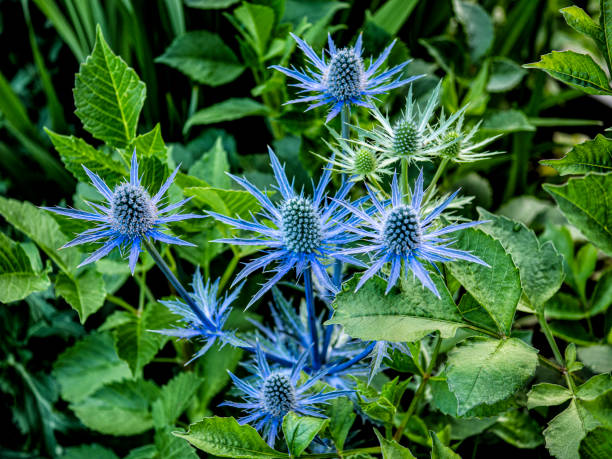Adding structural plants to your garden not only enhances its aesthetic appeal but also serves a functional purpose. Here are a few examples of structural plants that can help elevate your garden landscape.
Torch Lily
This structural torch-shaped plant is usually the highlight in the early summer in your garden. The bright top flowers in different bright colours are perfect for the start of summer. The flower spikes can be in colours of red, orange, yellow, or a combination of these colours on one flower.
The torch lily is easy to grow and makes a great plant for beginner gardeners because of how low maintenance they are. Their structural appeal makes a good statement piece with a good texture for your garden.
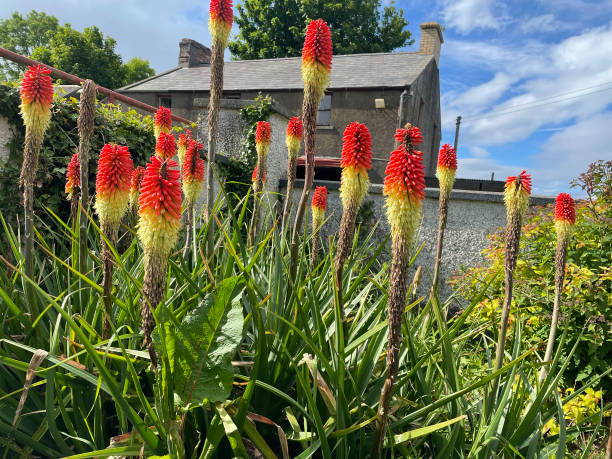
Image Credit: Unsplash
Weeping White Mulberry
The unique umbrella shape of the weeping mulberry tree shines brightest in the winter months, making it a stunning focal point for your garden. The mulberry tree is clothed with beautiful heart-shaped, glossy green leaves in the summer.
These leaves fall off during the autumn months. Once every leaf has dropped, the shape created by the weeping branches is a conversation starter for everyone to enjoy your garden.
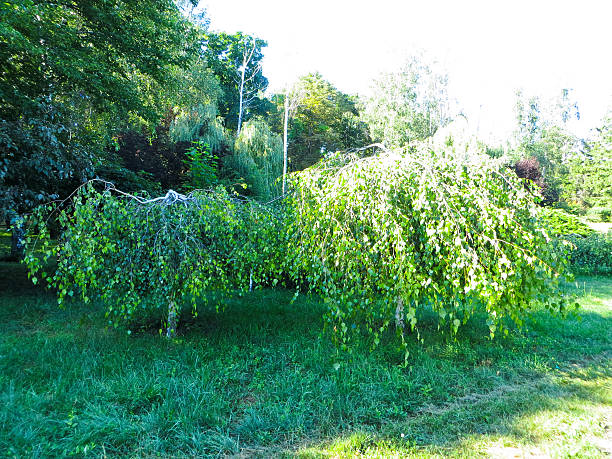
Image Credit: Pexels
Sea Holly
This enduring plant featuring thistle-like flowers is a beloved choice among both gardeners and pollinators. The plant’s spiky bracts surrounding the centre of the flower create a striking focal point.
Sea holly thrives in full sun and is drought-tolerant, making it the perfect low-maintenance addition to any garden. While some variations may exist depending on the region, sea holly plants can grow up to 6-8 feet tall.
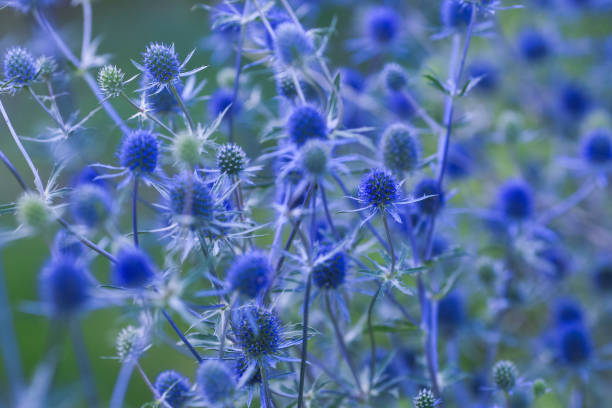
Image Credit: Unsplash
Giant Elephant Ear (Colocasia gigantea)
Let’s talk about structural plants. Elephant ear plants have tropical-looking leaves and can grow up to eight feet tall, making them a fantastic addition to any garden for creating shade.
Most species of elephant ear plants thrive in full sun, but the more sun they get, the more you’ll need to water them to keep up with their soil moisture requirements. Elephant ear plants can also work well as indoor or outdoor plants.
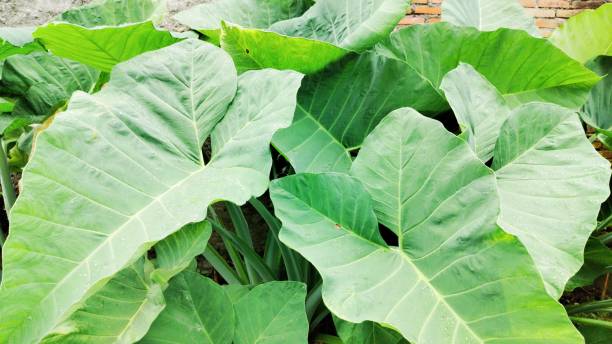
Image Credit: Unsplash
When planning your garden, be mindful of the eventual size of your plants and ensure that they have proper growing conditions, including soil quality and appropriate spacing.
ALSO, SEE:
Feature Image: Unsplash

